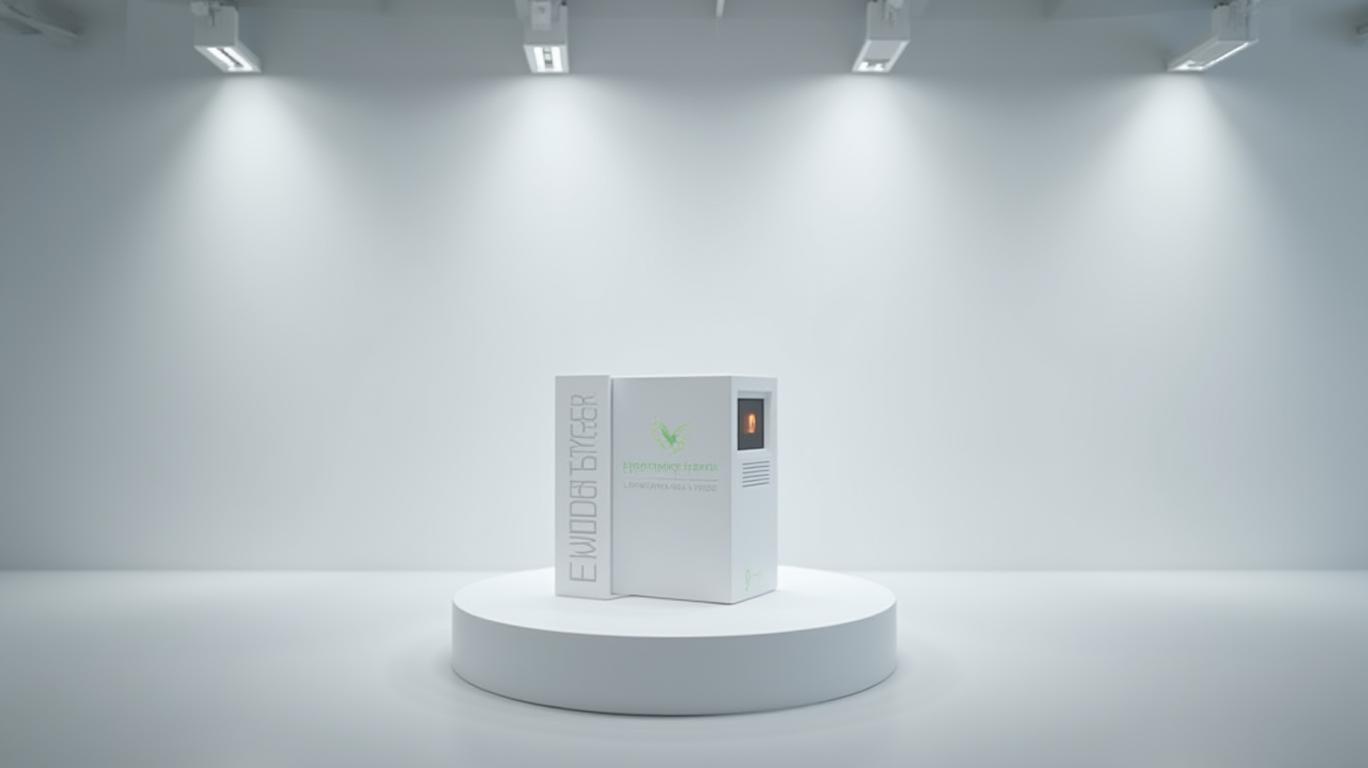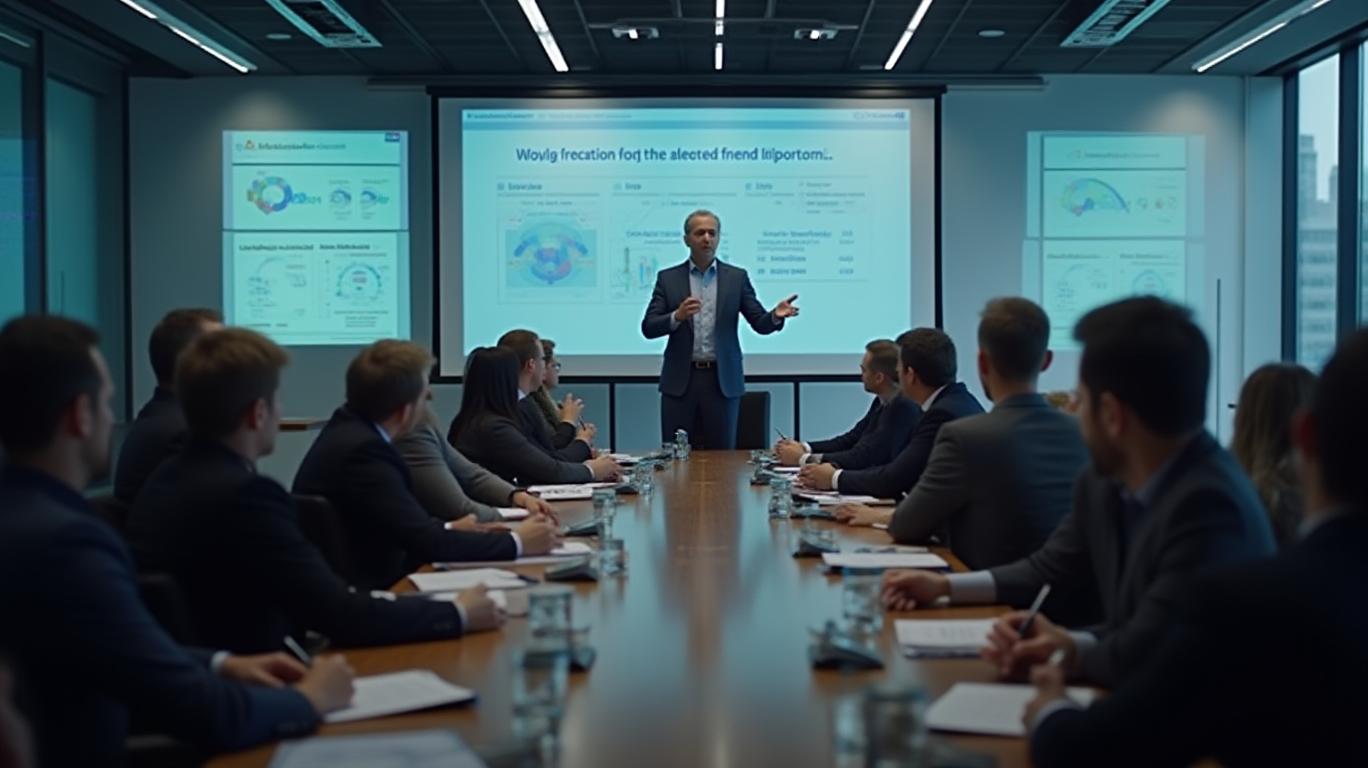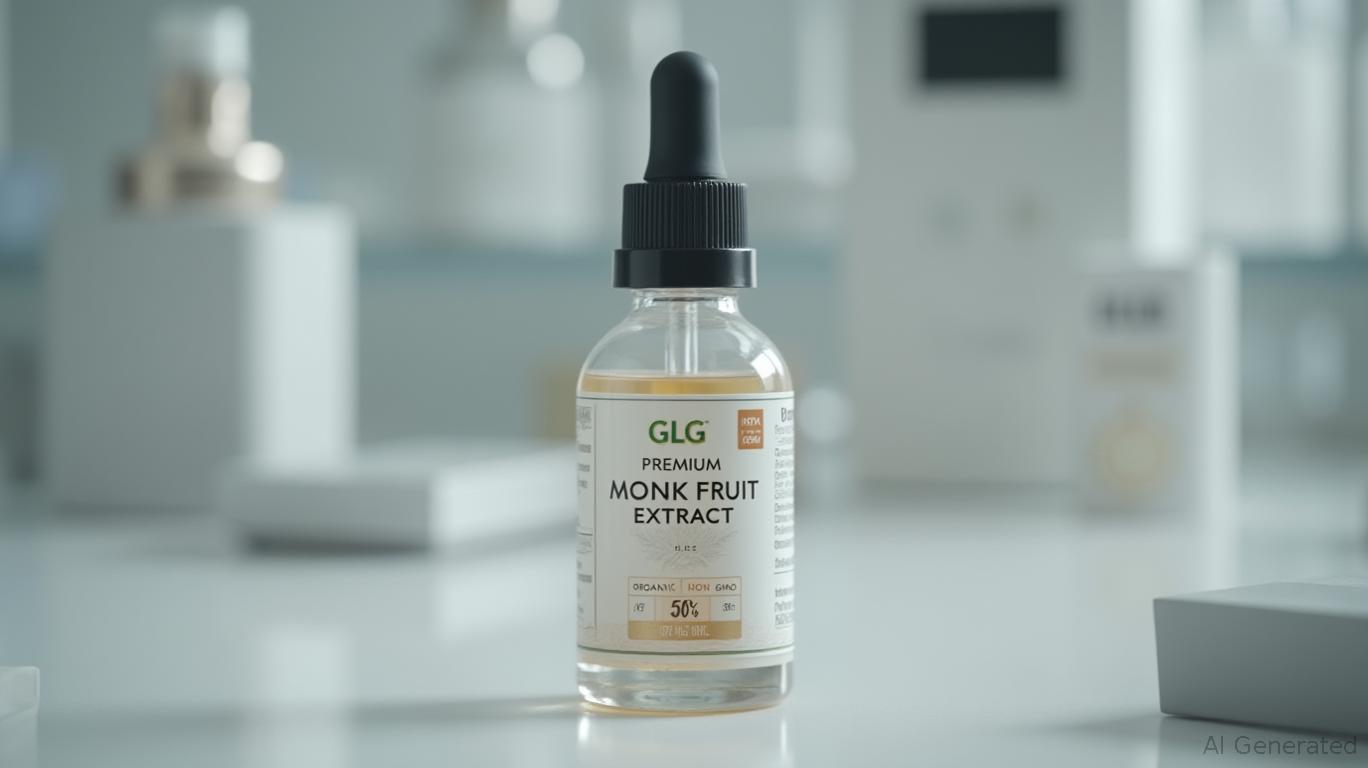LifeVantage (LFVN): High ROIC Signals Efficiency, But Can It Offset Revenue Headwinds?
Investors in LifeVantage (NASDAQ:LFVN) face a paradox: the company’s 27.16% Return on Invested Capital (ROIC) for Q1 2025 (ended September 30, 2024) is a stark indicator of capital efficiency, yet its revenue has declined by 8.1% year-over-year, and its distributor base has shrunk by 10%. This article explores whether LifeVantage’s strong ROIC—a metric that often signals competitive advantage—can offset these challenges or if underlying risks demand caution.
The ROIC Advantage: A Bright Spot in a Challenging Quarter
LifeVantage’s ROIC of 27.16% in Q1 2025 far exceeds its 5.31% Weighted Average Cost of Capital (WACC), a rare feat that suggests the company is generating excess returns on its investments. This outperformance is driven by:
- Cost optimization: SG&A expenses fell to 31.1% of revenue (down from 32.4% in the prior year), and commissions dropped to 43.0% of revenue.
- Margin expansion: Adjusted EBITDA rose 10% to $4.4 million, with margins improving by 160 basis points.
- Strong balance sheet: With $14.6 million in cash and no debt, LifeVantage has flexibility to reinvest in growth.

What Drives ROIC? Context Matters
While ROIC is a robust measure of capital efficiency, its volatility highlights the need for caution. LifeVantage’s annualized ROIC for fiscal 2024 (ended June 30, 2024) was only 10.21%, and trailing twelve-month (TTM) ROIC as of December 2024 was 15.94%. The recent spike to 27.16% is partly due to:
- A one-time operating income boost from cost cuts and margin improvements.
- A temporary decline in invested capital (calculated as total assets minus liabilities and excess cash), which reached $26.689 million by September 2024.
Risks Lurking Beneath the Surface
Despite the ROIC outperformance, several red flags emerge:
1. Revenue Decline:
- Total revenue fell to $47.2 million in Q1 2025, down 8.1% year-over-year. Even excluding currency impacts, the drop was 7.7%.
- Asia/Pacific & Europe regions saw revenue plummet 19.7%, signaling potential market saturation or competitive pressures.
- Distributor Retention:
Active independent consultants fell 9.6% to 47,000, while customers dropped 10.6% to 76,000. A shrinking salesforce could limit future sales growth unless addressed.
Sustainability of ROIC:
- The company’s guidance for fiscal 2025 projects revenue of $200–210 million and Adjusted EBITDA of $18–21 million, implying moderation from Q1’s stellar performance.
- ROIC is backward-looking, and future returns depend on reigniting top-line growth.
Strategic Moves to Watch
LifeVantage’s MindBody GLP-1 System™, launched in October 2024, represents its best chance to turn the tide. This product targets the booming weight management market, which could expand its total addressable market. However, success hinges on:
- Re-energizing its distributor network.
- Demonstrating sustained demand beyond the launch period.
Conclusion: ROIC Shines, but Growth Remains Key
LifeVantage’s 27.16% ROIC in Q1 2025 underscores operational efficiency and shareholder value creation. However, its ability to maintain excess returns (ROIC > WACC) over the long term depends on resolving revenue stagnation and distributor attrition.
The Data Speaks:
- ROIC vs. WACC: 27.16% vs. 5.31% = 21.85% excess return in Q1 2025.
- Revenue Trajectory: Down 8.1% YoY, but Adjusted EBITDA up 10%.
- Balance Sheet Strength: $14.6M cash, no debt, and $19.3M remaining in its buyback program.
Investors should monitor two critical metrics:
1. Whether revenue growth rebounds in fiscal 2025, ideally surpassing the $210 million upper end of guidance.
2. If the active consultant base stabilizes or grows, signaling regained momentum in its direct-sales model.
For now, LifeVantage’s high ROIC offers hope, but investors must weigh this against execution risks in a competitive marketplace. The jury is out—until the company proves it can sustain both efficiency and growth.


_442a2dcc1749832873286.jpeg)
_e68fac6d1749831664430.jpeg)






